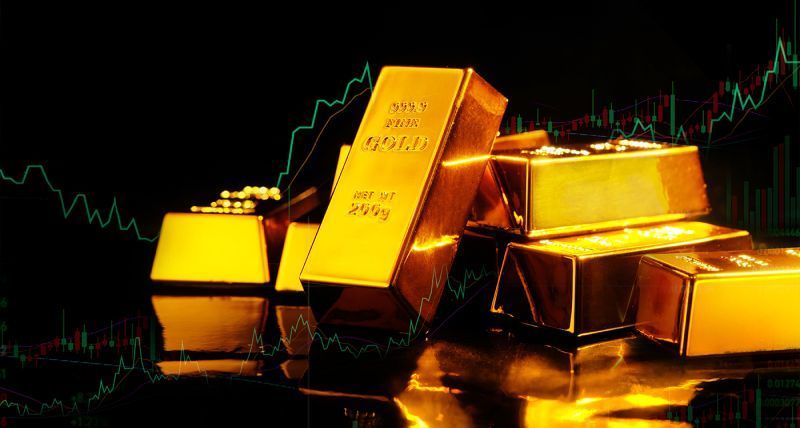
Gold has captivated human imagination for centuries. It is a universal symbol of wealth and a traditional shield against turmoil, and has earned its place as a classic “safe haven.” In times of economic, geopolitical, or monetary uncertainty, investors instinctively flock to it—grasping for a golden lifeline. But in recent days, that lifeline has begun to wobble.
Christiane Tager
Since the beginning of the year, gold has been on a rollercoaster ride, swinging between sharp rallies and sudden pullbacks. On April 22, gold soared more than 2% in a single day—only to face an unexpected correction less than 24 hours later. This dramatic back-and-forth raises a pressing question: what’s happening in the precious metals market?
“Gold has long stood as a pillar of stability during turbulent times, offering protection against economic and geopolitical shocks. Rarely has its role as a safe haven been in such high demand,” explains a market analyst interviewed by This Is Beirut. “With ongoing tensions in the Middle East, poorly controlled global inflation, and uncertainty surrounding interest rates, the conditions are ripe for gold to shine.”
On April 22, gold briefly breached the symbolic $2,500 per ounce threshold. “This surge was driven by a potent mix of factors: fears of a conflict between Israel and Iran, trade wars, speculation about potential US interest rate cuts, and continued strong demand from central banks—especially in China, which has been steadily stockpiling gold,” the analyst explained.
But the very next day, the market shifted. Stronger-than-expected economic data cooled investor anxiety, prompting a swift sell-off and erasing much of gold’s recent gains.
For an asset famed for its stability, such volatility is striking—though not entirely new. Despite its reputation as a safe haven, gold remains sensitive to short-term market forces driven by monetary policy decisions, market speculations, and at times, irrational investor reactions. It mirrors the collective emotional state of the markets—fear, hope, and sometimes disillusionment.
Now, one question is top of mind for many: is it still wise to invest in gold?
On one hand, the case for gold remains strong. In an unpredictable world, it offers protection against inflation, currency depreciation, and geopolitical shocks. Structural demand remains high, driven by central banks and investors looking to diversify their portfolios.
On the other hand, current price levels might call for caution. Gold has seen a rapid ascent in recent months, and a technical correction remains possible. Moreover, gold is a non-yielding asset: it generates no interest nor dividends. As such, it should be incorporated prudently into a long-term investment strategy.
In short, gold retains its appeal—but it’s no magic bullet. It’s one asset among many, with its own dynamics and excesses. Investing in gold still makes sense—but only with discernment. Because while gold tends to shine brightest in stormy times, it too can sometimes flicker.




Comments